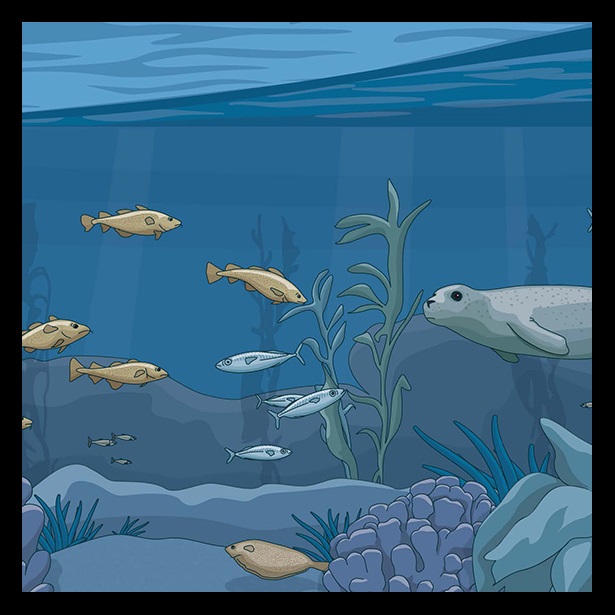Two Steps to Prevent Overfishing of Deep Sea Species in the EU
To protect these waters and their mysterious marine life, ministers must follow the law and the scientific advice

The deep sea is a mysterious world, pitch black and subject to extreme conditions. Life there is specially adapted to this environment, but also remarkably susceptible to human activities such as fishing.
Deep-sea fish tend to be slow-growing, late-maturing and long-lived. Because of these factors, stocks can be quick to collapse and slow to recover. Their sensitive and vulnerable nature makes ending over-exploitation of vital importance.
On 19 and 20 November, fisheries ministers in the European Union have a last chance before the looming 2020 deadline to set sustainable deep-sea catch limits in EU waters and safeguard those stocks into the future. This decision on 2019 and 2020 catch limits for the deepest parts of European seas marks the final opportunity to meet the timetable set by the reformed Common Fisheries Policy (CFP) that went into effect at the start of 2014.
Among the heavily fished deep-sea species that ministers will consider are the greater forkbeard, the black scabbardfish, the roundnose grenadier, and orange roughy.
Keeping deep-sea fisheries sustainable requires some basic steps. Most importantly, ministers must:
1. Follow the law
Despite the CFP requirement to end overfishing by 2015 wherever possible and by 2020 at the latest, ministers have continued to set most deep-sea catch limits above scientific advice, which effectively postpones and undermines achievement of that objective.
For these fish stocks, November brings the final opportunity before 2020 for the EU Fisheries Council to stand by its word—and to obey the CFP adopted in 2013.
2. Follow the science
It’s important to note that EU decision-makers have the scientific advice from the International Council for the Exploration of the Sea (ICES) to guide them. ICES data can help ministers set maximum annual catches that are both sustainable and precautionary, which will help ensure that stocks recover or are maintained at sustainable levels, and achieve the CFP objective of ending overfishing.
See the most current ICES advice.
Taking these two steps will help ensure a future for deep-sea species in EU waters. Ministers have the information they need to act. Now they must meet the requirements they set for themselves in the CFP.
Next: The deep-sea decisions are only the beginning
One more pivotal Fisheries Council meeting will take place in 2018.















